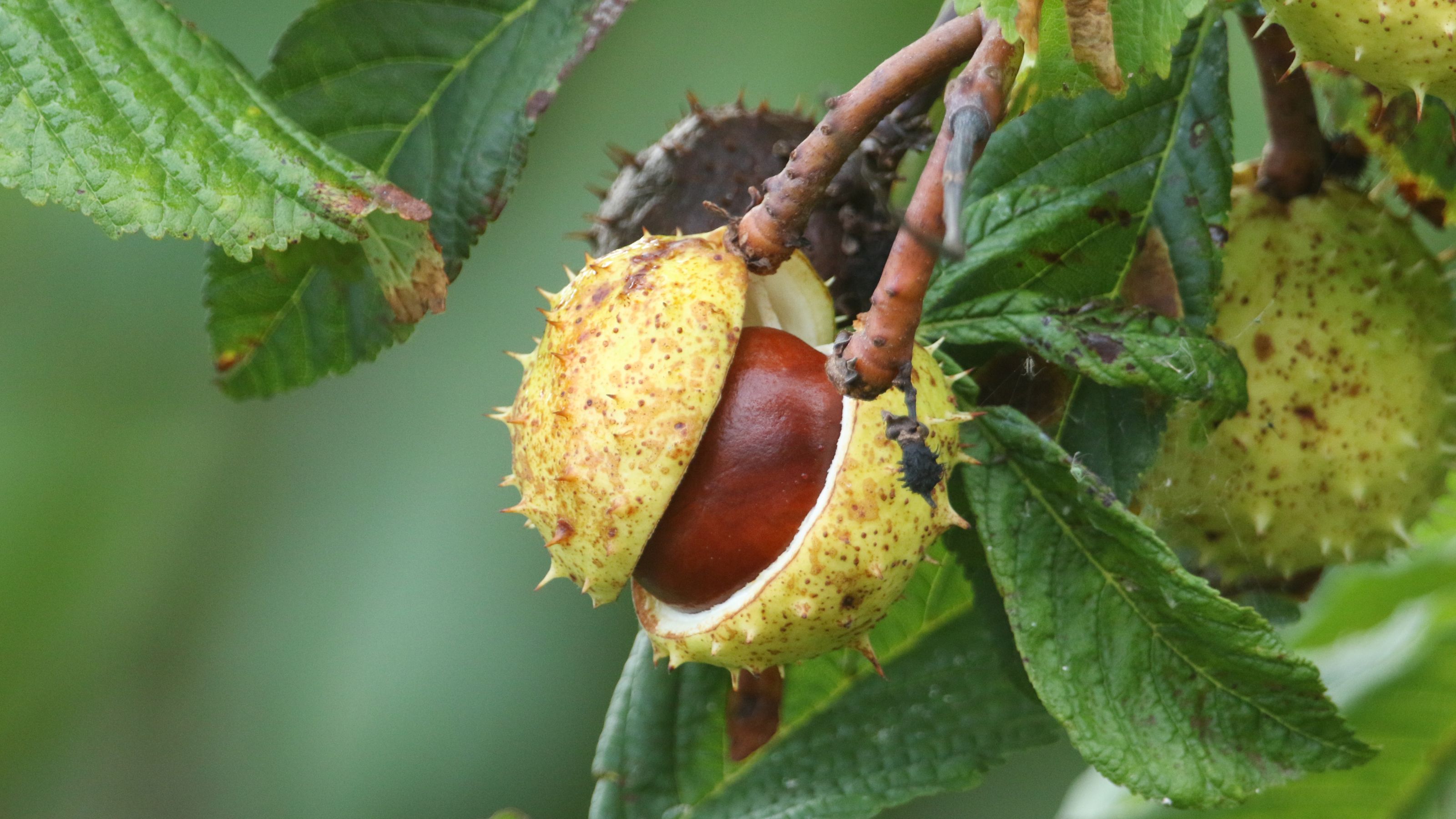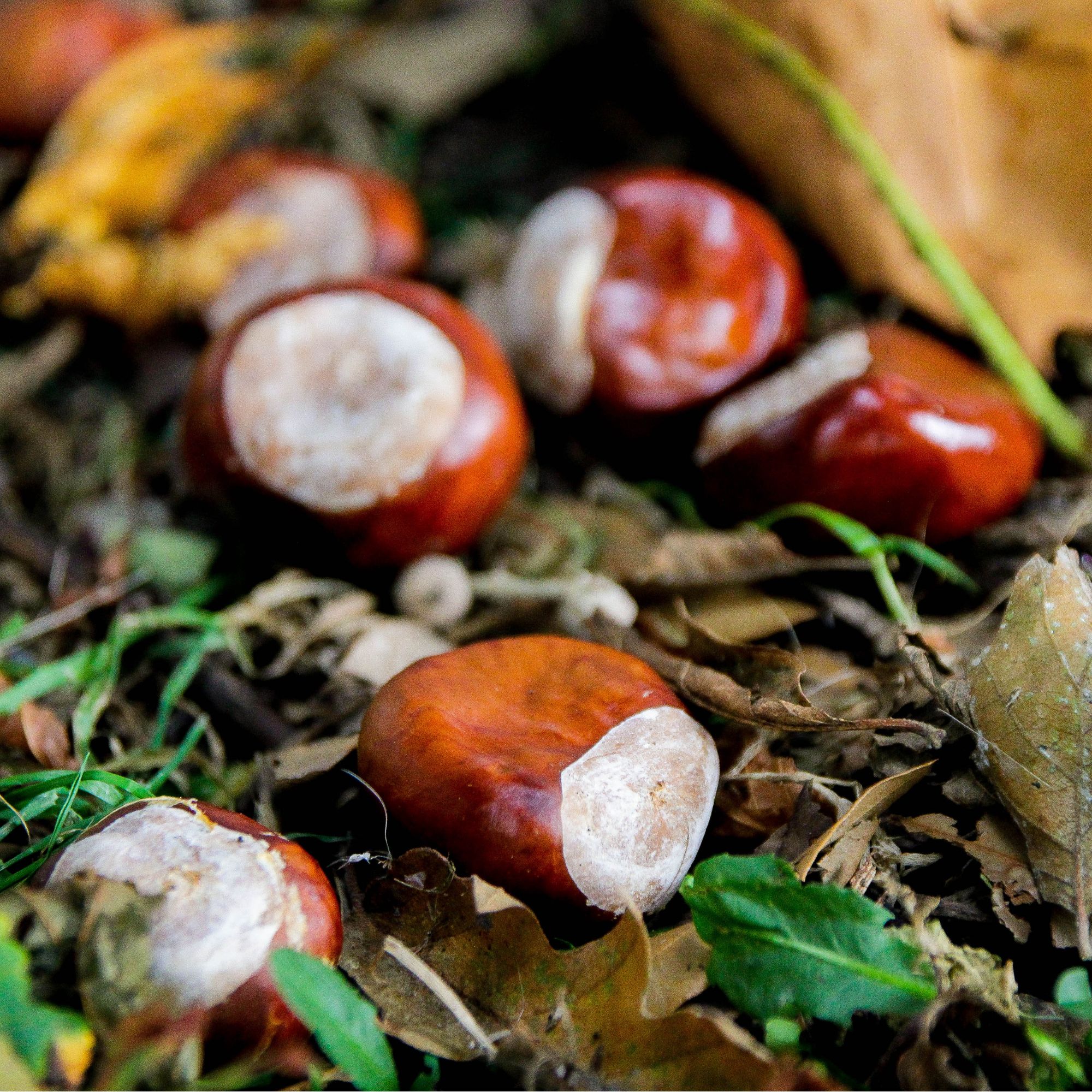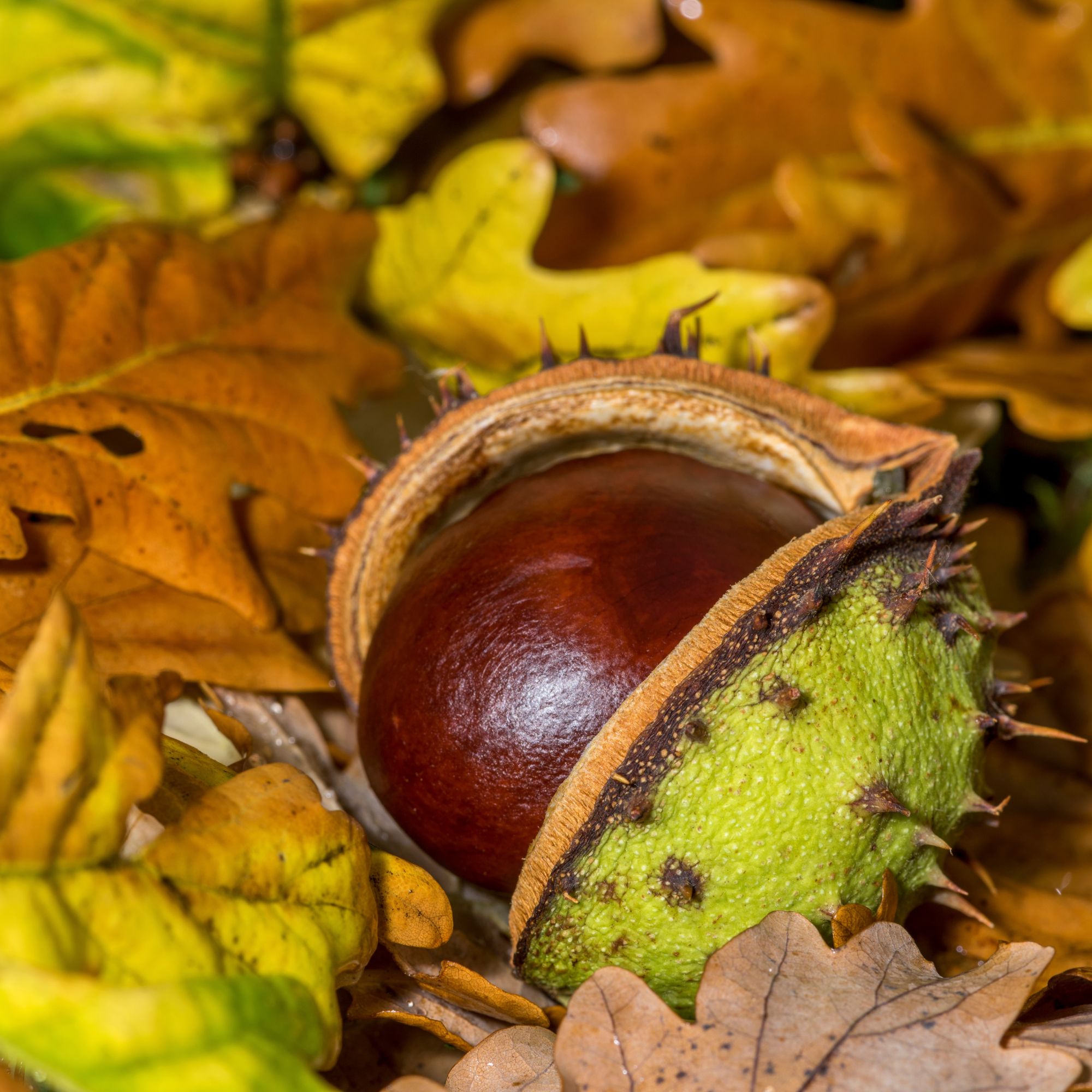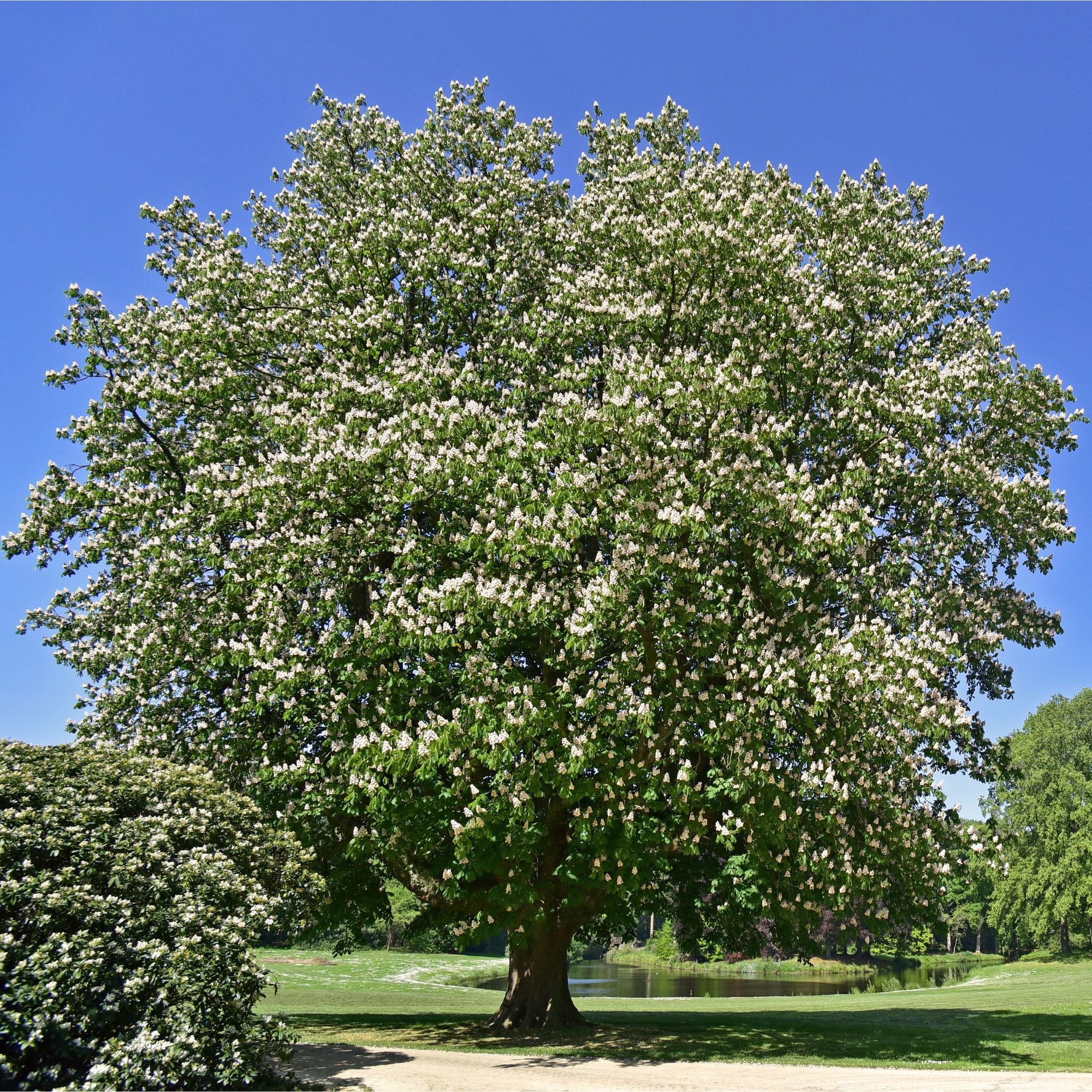Can you grow a tree from a conker? Yes, but you'll need to follow these steps
Here's how to plant a conker in your garden (trust us: it's child's play)


If you've been wondering if you can grow a tree from a conker, you aren't alone: there's something magical about the spiky round shells filled with shiny brown treasures that you find scattered around the horse chestnut trees at the park.
But how realistic is it to learn how to plant a conker and add it to your burgeoning list of must-try garden ideas? Very, as it turns out!
With that in mind, then, it's time to dust off the conkers you've been squirreling away this autumn and embrace this fun garden trend with both hands (or paws, we guess, if you want to keep that squirrel metaphor going).
How to grow a tree from a conker
If you're keen to grow a tree from a conker (and we're right there with you), you'll likely be pleased to know it's such a simple process that it makes a great project to do with children.

'The conker tree or horse chestnut (known horticulturally as aesculus hippocastanum) is one of our favourite and most beautiful flowering trees in the UK,' says Morris Hankinson, director of Hopes Grove Nurseries.

Morris Hankinson is the founder and managing director of Hopes Grove Nurseries Ltd, the UK’s only specialist grower-retailer of hedging plants, which he established after graduating with a Commercial Horticulture Degree from Writtle College, Essex in 1992.
'Originally introduced from the Balkans, it is now very much part of our countryside –and growing a new conker tree is easy,' he adds promisingly.
What you will need:
If you'd like to grow a tree from a conker, you will need to source the following tools and materials:
Sign up to our newsletter for style inspiration, real homes, project and garden advice and shopping know-how
- Conkers (duh!)
- A cup or jug filled with water
- A selection of 2cm pots from Amazon
- A bag of Westland Peat Free Multi-Purpose Compost with John Innes from Homebase
- Patience
Step-by-step guide:
It's easy to learn how to plant a conker, as there really aren't many steps involved in the process at all.
Which means, you guessed it, a fun gardening project with quick(ish) results – so long as you're not expecting a full-sized horse chestnut tree within a matter of months, that is.

1. Soak your conkers
'You'll want to collect the conkers while they are fresh, soak them in water and discard any that float,' explains Morris, noting that floating conkers aren’t viable because they have dried out.
2. Get planting
Once this is done, plant the non-floating conkers as soon as possible (and certainly before the end of November) by placing them '2cm deep in individual pots filled with compost'.
3. Pop them somewhere sheltered
'Place the pots somewhere sheltered, like a shed or garage, and water them well,' continues Morris, noting that you will need to protect them from mice and digging squirrels.
If it gets chilly, don't worry: Morris says the conkers need a few cold spells (technically this is called vernalisation) to help them germinate next spring.

4. Keep them well-watered
'When spring comes, keep a close eye on them,' says Morris, 'and make sure they don’t dry out by watering as necessary. 'Keep the young trees well-watered and re-pot them as they get bigger.'
5. Be patient
After 3-4 years, your conker trees should be large enough to plant out in their forever home. 'Remember your little seedling trees will be very big indeed one day so give them plenty of space,' cautions Morris.
Christopher O'Donoghue, one of the co-directors of Gardens Revived, is similarly fond of planting conkers.
'Horse chestnut trees are known for their attractive foliage and showy white and pink flowers in the spring,' he says, noting that they can boost the aesthetics of your property as a result.

A gardener with over a decade of experience under his belt, Christopher set up Gardens Revived with his brother, Andrew, in 2018 to create a thriving family business. Together, they have worked on residential gardens, listed buildings and gardens, flower shows and large estates with some exceeding 70 acres – many with historical significance.
Christopher adds that planting conkers in your garden isn't just packed with environmental benefits; it's also a great way to reconnect with nature and experience the wonder of watching a tree grow from a small seed.
'It's also a huge nostalgia trip, as it will likely remind you of all the conker-related games you enjoyed as a child,' he adds. 'Learning how to plant a conker is a brilliant way to relive those memories and pass traditions down to younger generations.'
FAQs:
Can you grow a conker tree from a conker?
It's surprisingly easy to grow a tree from a conker, so long as you ensure you plant only those horse chestnuts that haven't dried out over autumn. To suss out the good from the bad, place your conkers in a container of water, discard the ones that float, and plant the sinking conkers about 2cm deep individually in pots of soil/compost. Voila!
Which way up should you plant a conker?
Don't worry too much about which way is up when it comes to planting conkers, as they should right themselves in the soil. Many prefer, though, to plant them with their white marking on top.
Can you grow a conker in a jar?
You can use 2cm pots or jam jars, if you prefer to see what's going on – just be aware that it may be trickier to remove your teeny-weeny conker tree from a jar when it's time to plant them outdoors in the spring.
As if you needed another reason to grow a tree from a conker this autumn, it's worth remembering that the magnificent horse chestnut tree represents strength and longevity.
If that isn't a wonderful lasting legacy to leave in your garden, we don't know what is.

Kayleigh Dray became Ideal Home’s Acting Content Editor in the spring of 2023, and is very excited to get to work. She joins the team after a decade-long career working as a journalist and editor across a number of leading lifestyle brands, both in-house and as a freelancer.